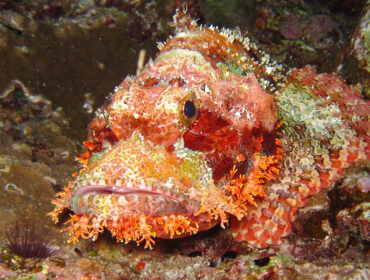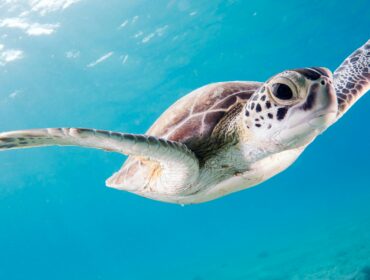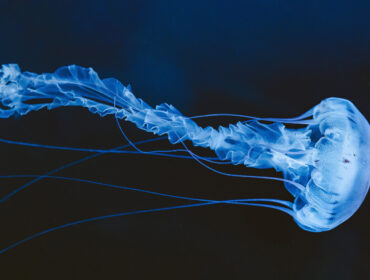Dolphins are undeniably some of the more adorable creatures in the sea. They’re social, playful, and seemingly every bit as curious about us as we are about them. While they are all interesting to observe and exciting to spot in the wild, we can’t help but be in love with the Commerson’s dolphin, otherwise known as the panda dolphin.
Named for Philibert Commerson, the French naturalist who first described them in 1767 after having spotted them in the Strait of Magellan, the Commerson’s dolphin are found in two regions of the world: South America, including the Falkland Islands, the Strait of Magellan, and inshore inlets of Argentina; and the Kerguelen Islands in the southern Indian Ocean. They are very playful with boats, and will often bow-ride and swim alongside fast-moving vessels, as well as engage in various aerial acts to the delight of viewers.
This dolphin’s appearance is similar to that of an orca, another species from the dolphin family. It is white all over save for the heads, dorsal fin, and fluke, reminiscent of the placement of a panda’s markings. However, Commersons dolphins are quite small in comparison to the orca, typically measuring less than 2 meters in length and weighing between 50-200 lbs. It has no beak, which has led to it being incorrectly identified as a porpoise. A black spot on the belly distinguishes males from females, with the male displaying more of a teardrop shaped spot, and the female’s being more rounded.
Scientists aren’t sure why this species of dolphin is found in just two very disparate places, but recent aerial surveys indicate that the South American population is quite robust, at roughly 21,000 individuals. There has not been an official count in the Kerguelen Islands, but reports of sightings have risen, a factor that scientists contribute to the recent emphasis that has been put on research of this charming species.




